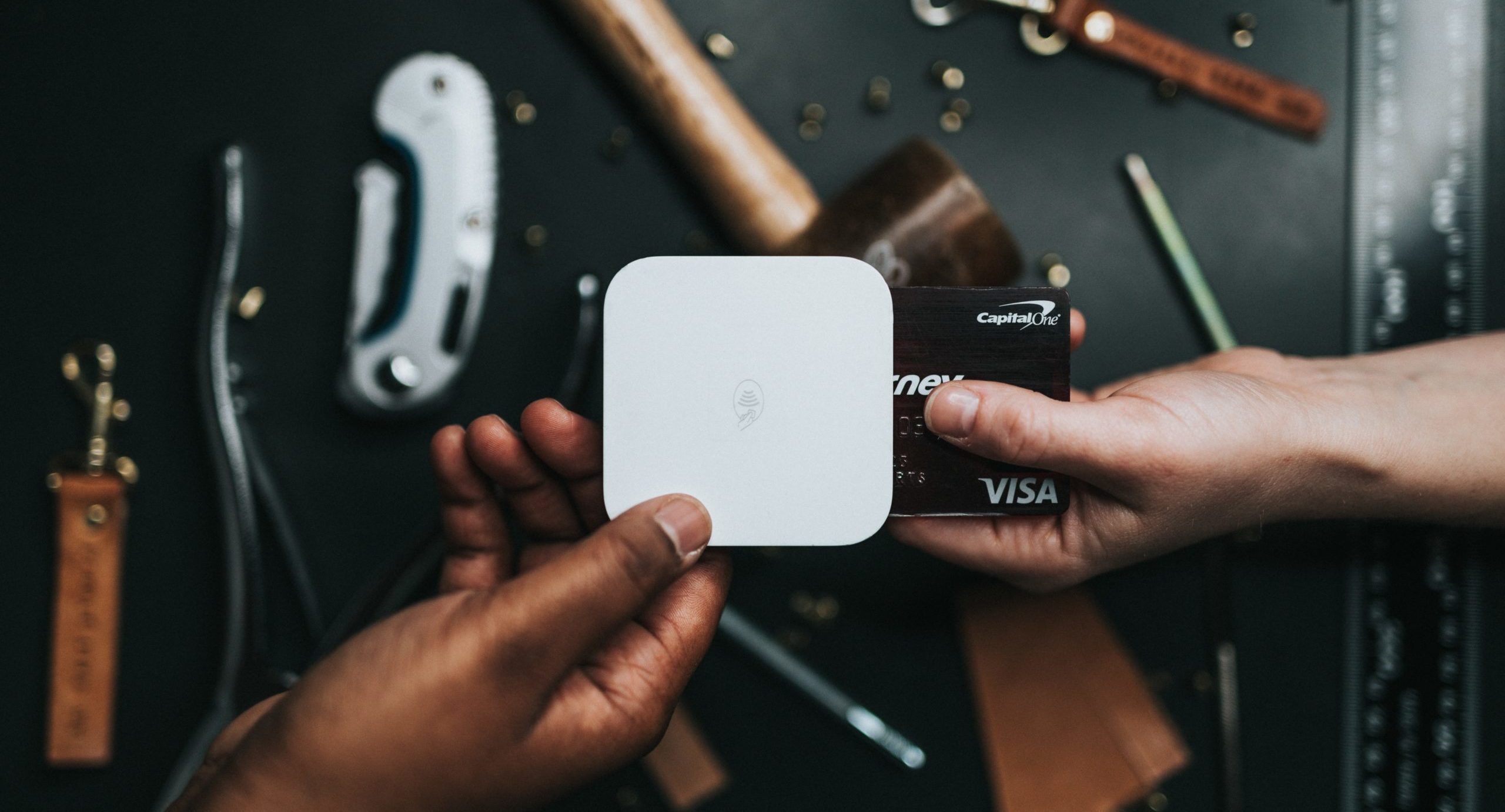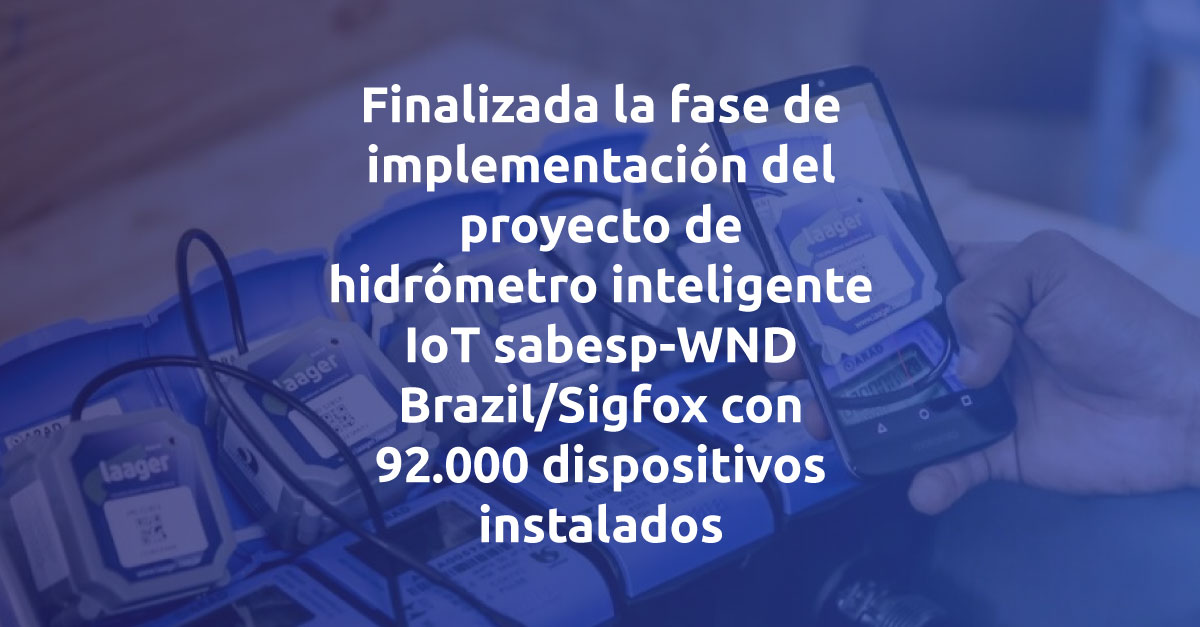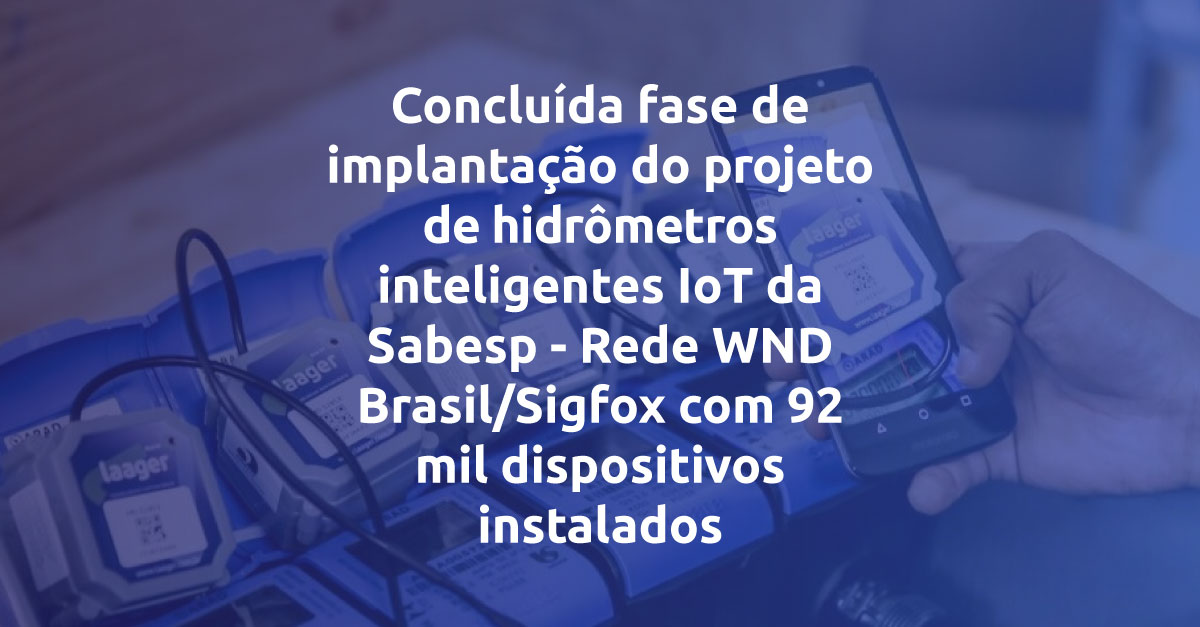Source: EnterpriseIotInsights
After initially taking a massive hit on IoT spending across the globe, Covid-19 is actually offering more opportunities for the industry as it bounces back. The need for remote technology is increasingly apparent as the pandemic continues to rage, with opportunities ranging from the potential tracking of vaccine shipments to hand sanitation station refill alerts.
Hopefully the pandemic has made organisations realise they need to invest in remote non-touch systems that allow them to stay connected, and to operate as normal while human contact is limited. Because while utilities companies, for instance, cannot currently send staff into the field, to knock on doors and take meter readings, they can use IoT platforms to manage connected smart meters remotely.
So, here are three IoT trends we expect to see in 2021.

1 | Early adopters to early majority
In 2021, more organisations are going to realise that there’s value in digitalising their processes. This means there will be an acceleration in the growth and adoption of IoT as early adopters have paved the way for an early majority to copy them and enter the market. There are signs that all of the products that were developed and successfully brought to market in 2020 are going to be copied in 2021, and not just by one company at a time.
As the market grows, these pioneers are going to be copied by multiple organisations at a time. We already have this example in Brazil, where there six qualified IoT metering companies are bidding for contracts with multiple water companies after the leading water company in Brazil connected its first 100,000 meters. These products are already on their second generation for the next bids.
As markets across the world become more established we should start to see a reduction in technical proofs as the technology is now proven. Companies are now focussed on the potential ROI they can achieve and recognise the value of IoT data. But because we are still transitioning into this new stage of early majority adoption, organisations still have a lower perceived value of IoT.
As such, they will not be able to comprehend the real value until they see their ROI and realise that in some cases they can make payback in just 15 months on a device with a 10-year lifetime. Early adopters are not sharing the fact that their ROI is between two and 10 times better than anticipated, as they see this as a competitive advantage.
2 | Bespoke solutions, faster returns
Until now, most organisations have only ever been offered one type of connectivity; many are not aware there are alternatives to GSM or Bluetooth, which may be better suited to their needs. As organisations discover these alternative connectivity types in 2021, they can start to design solutions that optimise costs and battery life. They won’t need to compromise on one-size-fits-all solutions any longer.
Even lower costs and even longer battery life can be addressed with non-cellular low-power wide-area (LPWA) technologies like Sigfox, especially for use cases where the technical benefits of things like GPRS, with symmetrical bandwidth and higher data rates, are not required – as with many metering and tracking applications. Many cellular-based deployments do not even make use of GPRS.
Enterprises are getting wise to this, and reviewing the connectivity options available to them, especially for use cases requiring high volumes of low-power IoT devices, with limited connectivity needs. They want the lowest possible ‘total cost of ownership’ (TCO), on solutions that work for them.
The total cost to enterprises, in the end, is the value of the data being collected minus the expense of the data collection. The lower the fee for airtime and data management, and the higher the value of the data insights, the better the ROI. Today, most organisations are seeing twice the return they budgeted for – because they overestimate the cost to deploy or underestimate the value of data they get out.
In metering, for example, organisations receive data on a regular basis over long durations, usually over the course of 10-year contracts. A utility company typically projects an ROI within three years; however, anecdotally, we find they are making their investment back in about 15 months. The problem is many enterprises don’t believe this; the early adopters are staying quiet about their successes in order to retain a competitive edge.
But the message is getting through, and panic is setting in; chief executives tell us they want to take their time over IoT, and now worry they are missing out – that they have missed the first wave, and might even lose their jobs over it. So there is this alarming wake-up call that is going through industry, as the early adopters start to reap the benefits of IoT and leapfrog their competitors.
3 | How to monetize IoT insights
Many organisations are failing to monetize their IoT solutions. A simple example: a water company, making use of connected IoT sensors in residential properties, calls a customer to inform them their home is at risk of water damage. That call, and that information, is hugely valuable to the customer, affording a way for them to avert disaster, potentially. But there is no financial benefit for the water company, except perhaps for customer loyalty.
They can do better. In 2021, we will see organisations actively pursue ways to monetize these new data insights and customer interventions. The challenge is just how to do that, and how the financial return can be entered into a spreadsheet. And that investigation must start with an in-depth understanding of the data that is being collected, and the value of the insights it affords.
The answer to this conundrum could be in a fundamental change to the business, like going from selling batteries to selling power. But that process, for these kinds of utilities, will also improve all our lives. I mean, there are studies that suggest you can predict whether people have early-onset Alzheimer’s based on water usage patterns.
It is just hearsay, and it is just an example, but it speaks of the transformational, often highly personal, insight that data brings. 2021 will see the industry map the value of it, and look for ways to charge for it.
About WNDUK
WND UK, is the UK #0G secure sensor data network operator, powered by Sigfox. The public network, which was deployed in a period of just 18 months, covers over 90% of the UK’s population. WND is now continuing to strengthen our network through densification and by working with channel partners to achieve deep in-building coverage where required.
Sigfox is the world’s first global dedicated low-power wide-area network (LPWAN) communications service for sensor data, typically deployed in Internet of Things (IoT) applications. WND UK’s network solution provides reliable and affordable communications for sensor devices that require very little power.
WND UK’s growing ecosystem of channel partners operate across a broad range of industry sectors providing a range of applications, such as the monitoring of legionella in healthcare and public sector buildings, automated meter readings for utilities, property technology, leak detection and asset management within logistical, returnable packaging and post and parcel sectors. Learn more: WND Technology Overview



